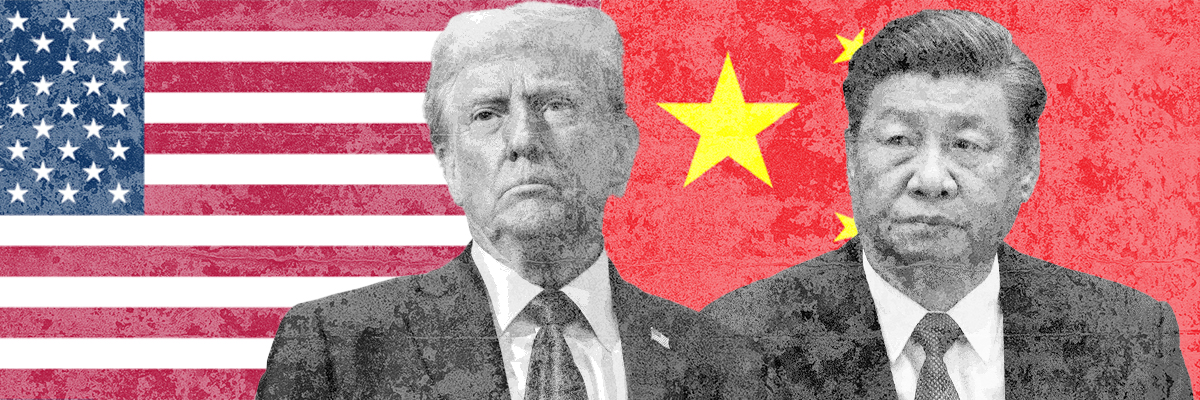
What is Going On with the New U.S. Tariff War?
Let’s talk about what’s been heating up in the global economy lately - the latest U.S. tariff war. If you’ve seen headlines about rising prices, trade tensions, or countries hitting back with their own duties, that’s all tied to this new round of tariffs. In this post, we’ll break down what’s happening, what it means for us (yes, consumers too) and where this could all be headed.
What Sparked the New U.S. Tariff War?
The U.S. government recently introduced new tariffs on imported goods, mainly targeting sectors like steel, electric vehicles, solar panels, and semiconductors. The official reasoning? Protect American industries, reduce dependency on China, and push for fairer trade. But in reality, things are more complicated. It’s partly economic strategy, partly political move - especially with the 2024 U.S. elections still fresh in everyone’s memory. Here’s a quick look at the new U.S. tariffs as of early 2025:
Why is the U.S. increasing tariffs in 2025?
If you’re wondering, “Aren’t tariffs a bit outdated?” - you’re not alone. But there are reasons why tariffs still make headlines in 2025:
- Protecting domestic jobs – especially in manufacturing-heavy states.
- Reducing reliance on geopolitical rivals – a lot of this is tied to U.S. - China tensions.
- Political pressure – tariffs are often popular with voters who feel globalization has hurt local jobs.
How U.S. tariffs are affecting global trade in 2025
This is where it starts to get real. Tariffs don’t just stay in the world of diplomats and trade ministers - they affect businesses and consumers too. Take a look at the consequences we’re already seeing:
What Are Other Countries Doing in Response?
Nobody likes being hit with tariffs, so naturally, some countries are hitting back. Here is what’s happening globally:
What is the future of U.S. trade policy after the 2025 tariff war?
The big question: Where is this going? A few possibilities are on the table below:
- Negotiated de-escalation - there’s still hope that trade talks behind the scenes could cool things down.
- Worsening trade war – if more countries start retaliating, global growth could take a hit.
- Political shifts – with elections in major economies coming up (like in the UK and Japan), leadership changes could either ease or intensify tensions.
So… What should we expect?
Here’s a quick pros and cons summary to wrap it all up:
Final thoughts
This new tariff war is more than just policy - it’s shaping the global economy in real time. Whether you’re a trader, a business owner, or just someone shopping for a new car, it’s worth keeping an eye on how these policies evolve.
If you're feeling the pinch of higher prices or uncertainty in your business - you're not alone. We’re all riding this out together.